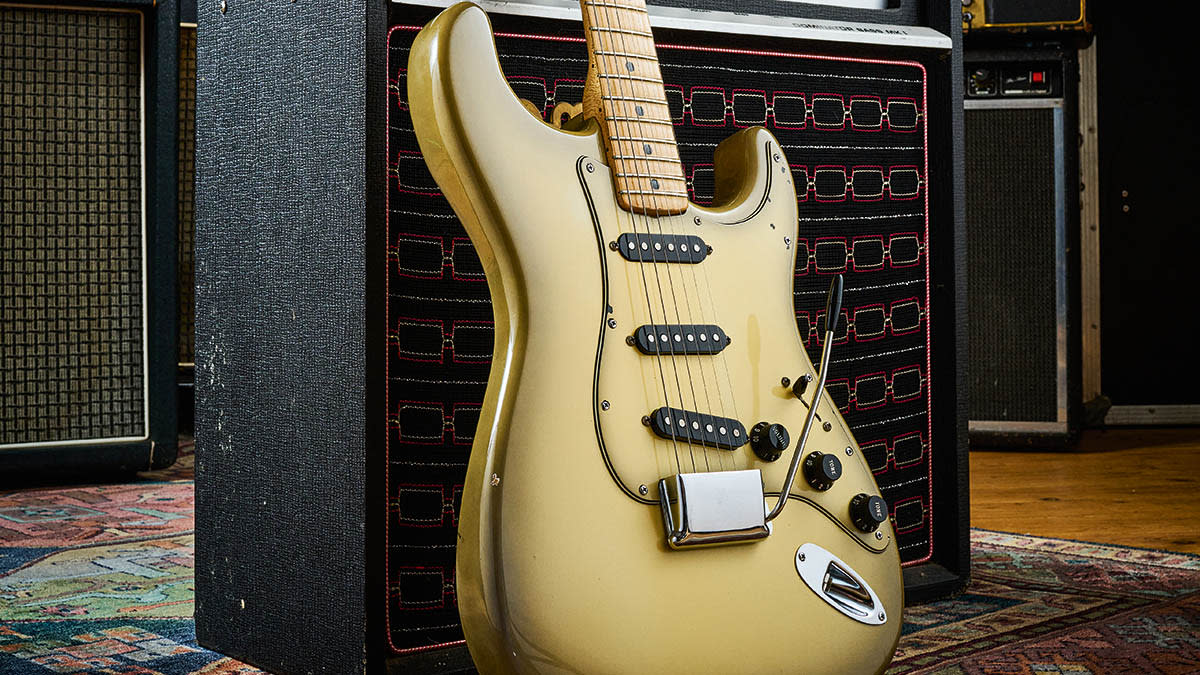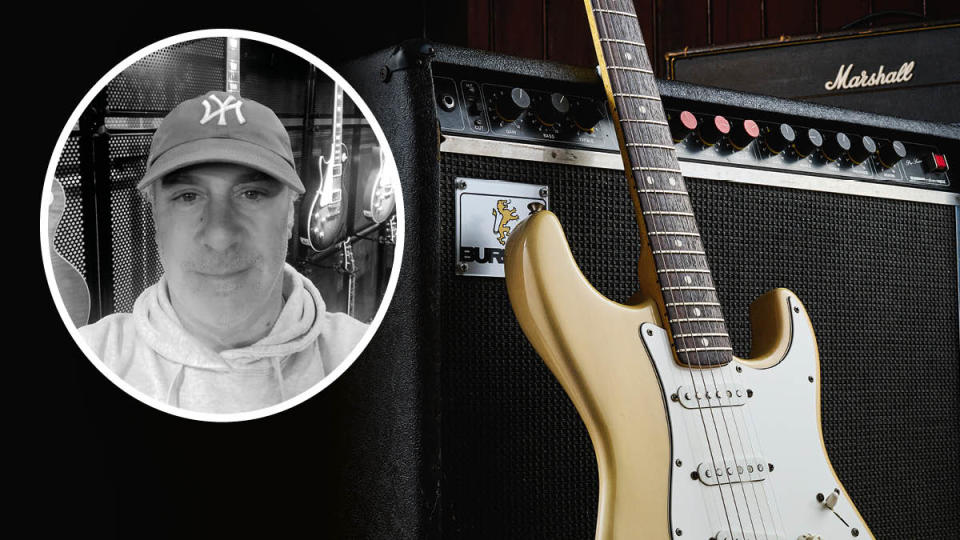How to tell a good ’70s Fender Stratocaster from a bad one

There’s a line of thinking you hear in guitar circles that says the quality of Fender Stratocasters dropped off a cliff during the 1970s. But like much of the received wisdom in electric guitar, that doesn’t tell the whole story.
Yes, as the decade wore on the finishes got thicker, the X-1 single coil wasn’t to everyone’s taste and they changed the belly cuts, but the decade is well worth reappraising. There are many great instruments to be had. And when you consider how overheated the vintage market has become, it is more important than ever to be able to spot a diamond in the rough.
Here, Julian White of World Guitars tells us what we should look for when considering a Stratocaster from the era.
What should you prioritise if you’re looking for a ’70s Strat?
“Weight is the main thing. Then try to get one [built as] early in the decade as possible, with staggered polepieces – they’re really favoured, actually. Neck joints tend to be good earlier on as well. I mean, they changed everything [as the ’70s wore on]. For example, the bridge was made out of that die-cast Mazak stuff.
“The only good [new] thing they introduced through the ’70s was the five-way switch, and everything else was not an improvement, in my opinion. The finishes get thicker, and from about ’76 they go to that ‘thick-skin’ thing.
“They also started using ash [again] because of the natural finishes; I think ash was also more readily available [than alder, at that time]. Obviously, they had big headstocks… everything was different. Try to look for Strats from ’72 or ’73. By comparison, I’ve never really seen a good ’69 – I’ve seen some terrible late-’60s stuff.”

What about the three-bolt (screw) neck? Anything to be wary of with those?
“There was a point in time where there were a load of necks that wouldn’t fit – it happened quite often – and someone would take a hand-router and buzz round the neck pocket. And that is why the three-bolt neck acquired its whole reputation for wobbling.
“Because Leo designed it in 1970 and it wasn’t a bad idea, all said and done. If you’ve got a perfectly fitting neck joint it works fine and the Micro-Tilt adjustment actually works very well – if you’ve got a well-fitting neck-joint…”
It’s particularly noticeable how the belly cuts on Strats get shorter and less graceful as the decade goes on. From what point does that start happening?
“Earlier on, say, ’72, ’73 or ’74 even, they looked normal. But Fender really upped production around ’75 or ’76 when it suddenly started going really poor. Some of them are alright – but some of them are clearly rushed through. And, of course, they went [to predominantly black finishes] around then.
“I’ve seen some really poor examples from around ’78 to ’79. So I think they ended up with only about five or six different colours by the end of the ’70s – all custom colours disappeared. The thick finishes on the fingerboards can make the maple ones feel hard to play; because it builds up either side of the fret, there was such a lot of poly. They were putting 15 coats of poly on for that ‘thick-skin’ thing. Literally smothering them.
“You also start getting that X-1 pickup in the back [bridge position] as well, from 1979, which is awful… It’s hotter, but the last place you need a hot [single-coil] pickup is the back of your Strat. But strangely you do still get odd good ones from all of the years. It’s not impossible to find the right one.”

